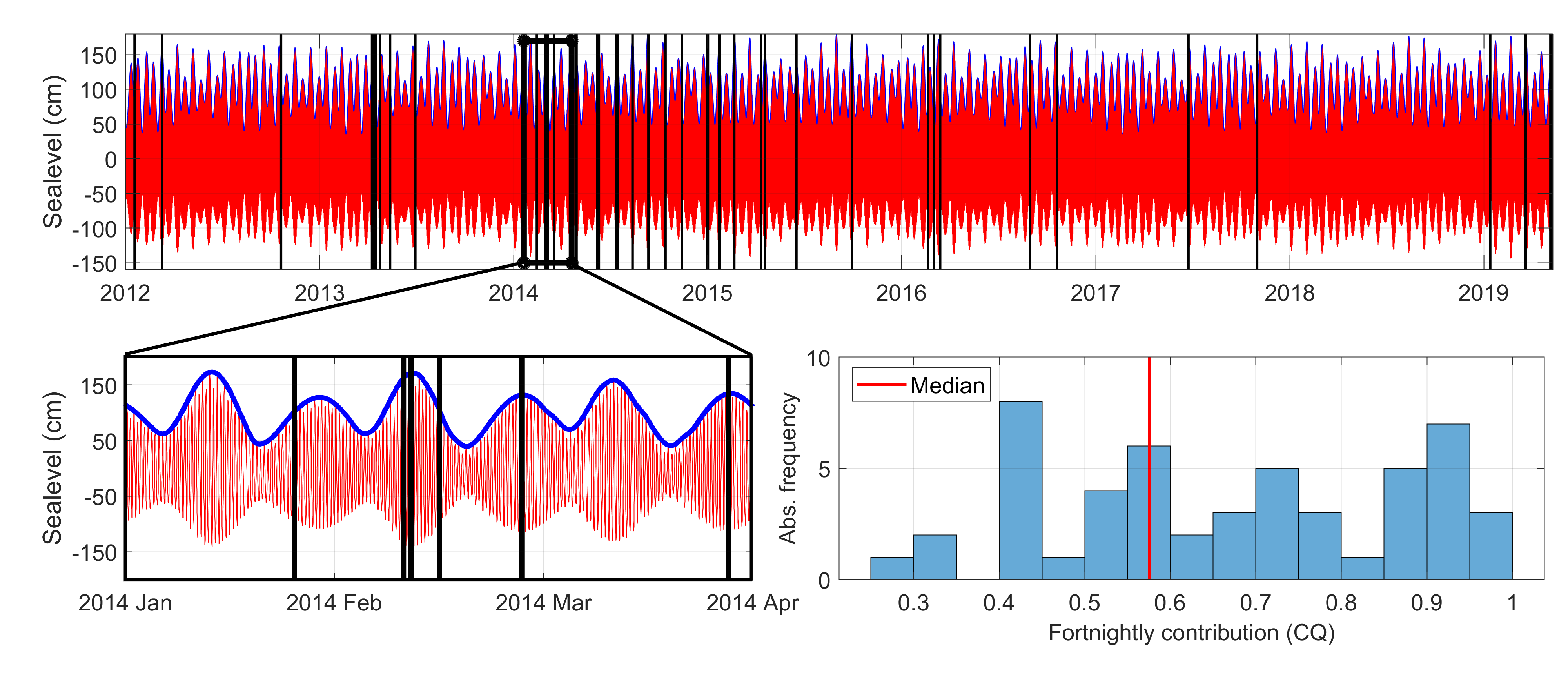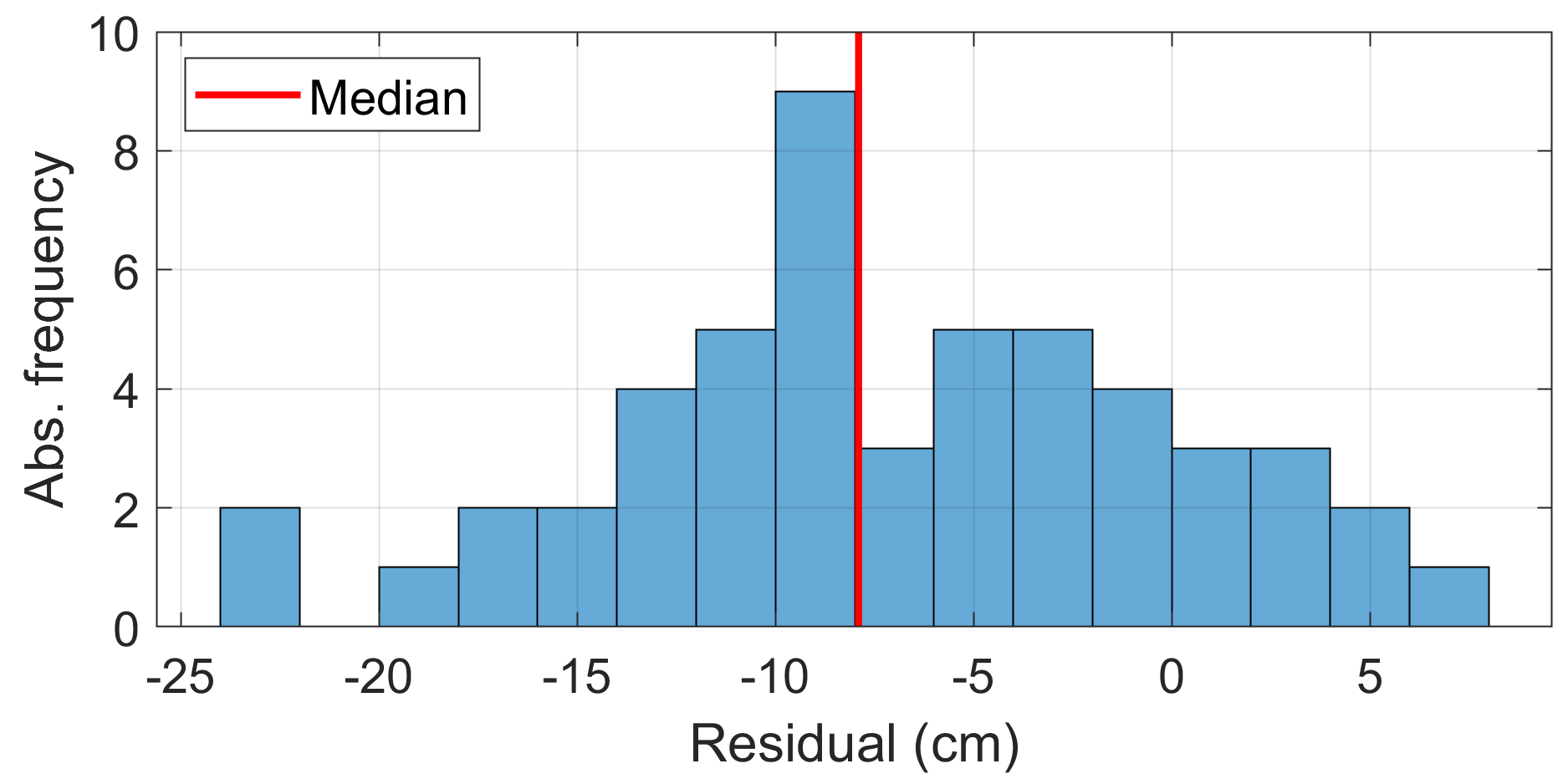AIRIS-II SYNCHRO
CODE: 2018-ES-TM-0025-S
Synchromodal traffic & transport information services
| CHIEF RESEARCHER | Javier Delgado Cabello jdcabello@uma.es Jesús García Lafuente glafuente@ctima.uma.es |
| FUNDING | 1.700.000 € (50% co-financed) (UMA 160.000 €) |
| FUNDER | Innovation and Networks Executive Agency Department - Connecting Europe Facility (CEF). Convocatoria 2018 (RIS - Estudio con pilotos)
Autoridad Portuaria de Sevilla  |
| DURATION | 2019 - 2022 |
| Members | |
OBJECTIVES
Consortium: Port Authority of Seville (affiliated entity: Serviport Andalucía S.L.); Sener Engineering and Systems S.A.; SiportXXI S.L.; University of Seville and University of Málaga.The project, within the framework of the Connecting Europe Facility funding, promoted by the European Commission and the Innovation and Networks Executive Agency (INEA), focuses on the study of the navigation management (planification and control) in the Port of Seville and the Guadalquivir Euroway. This project is complementary to the previous AIRIS-I, based on the digitalization of the river way, framed into the concept of Industry 4.0, through which the sensorization is integrated into an intelligent management system addressed at improving the multimodality and security level of port operativity.
Within it, the Physical Oceanography Group of the University of Malaga, has the responsibility of developing a hydrodynamical and numerical model of the Guadalquivir River in order to provide the fluvial dynamics prediction for the optimization of navigation. The project, developed in collaboration with the Port Authority of Seville (APS) presents the following objectives:
- Monitoring and control of the project.
- Planification and coordination of the expected tasks in connection with the collaborating entities and website development.
- Preliminary studies.
- Tidal regime analyses in critical ubications along the waterway.
- Analyses of tidal behavior by meteorological, astronomical and dam discharges effect in multiple geographical points along waterway.
- Detailed studies.
- Identifying improvements in navigation operations: tables of currents and thickness of the Water Layer and validation/ calibration of the hydrodynamical model.
- Definition of the pilot navigation system specifications.
- Pilot project development.
- Interoperable module for the integration of the predictive tides estimation.
RESULTS
OBJECTIVE 1: Monitoring and control of the project.
The APS has provided an historic registry of ship incidences that have occured since 2012 until now. Based on this, 12 zones where these incidences occurs more frequently have been identified. The registry facilitates the ubication of incidences by a place name, as well as all the relevant information in order to determine the cause of the event, like the ship draft, the name, or the accurate time, among other aspects.OBJECTIVE 2: Preliminary studies
The most relevant aspect that concerns the fluvial navigation towards or outwards the Port of Seville is the minimum layer thickness that is reached in each location. The navigation chanel doesn't have an homogeneous depth, but there are shallower zones that experiment important sedimentation processes that demand periodic dredging actions, in order to maintain the authorized bathymetric level. These are the most dangerous zones for the marine traffic, because is there where the minimum levels are reached. Thus, the minimum layer thickness knoweledge (MELA hereinafter, for its Spanish acronym), and its temporal evolution along the navigation chanel, is essential for the marine traffic and port operativity planification. Obviously, the layer fluctuates with the tidal periodicity and reaches the minimum value in low tide. Given this layer have different values depending on several causes, the MELA fluctuates over time.The main reason for the high variability of the MELA is the fortnightly modulation associated to the synchronous rotation of the moon (spring and neap tides associated to full and new moon). The tidal behavior in the Guadalquivir river is based on a progressive wave that go through the river, from the estuary to the Port, in approximately 4 hours. The vessels that go into the Port of Seville, sail in the maximum layer thickness in almost all routes, because of the direction of the wave propagation towards the river and the sailing downwind in the most of the time. Otherwise, in the departures, any ship finds one low tide at least, as the wave is going in the opposite direction. Therefore, most of the incidences take place between 1 hour before and after of this tidal phase. On the other hand, the maximum negative anomalies that are reached in spring tide conditions are in the order of several tens of cm and can modify substantially the water column thickness. For this reason, the incidences occur mainly in the forthcoming hours to spring tides.

Temporary sealevel series measure in the tidegauge of Bonanza (red line) and its positive envelope (blue line). The black bars exemplify the registered events by the APS in both graphs. In the right lower graph, a histogram of fortnightly contribution is represented for the incidences group, as well as its median, CQmed (red line).
The meteorological oscillations by barometric effect can also disturb the MELA substantially. In order to study the importance of this component in the occurrence of these events, a complete series of sealevel measured by Bonanza tidegauge have been considered, because of its exposed location to the open ocean distresses and thus, the most representative of the atmospheric situation in the located points.
Histogram of the residual sign of Bonanza tidegauge for the incidences group and its median value.
Finally, the fresh water discharges coming from the dam of Alcalá del Río, always increase the MELA in all the estuary, especially during rice fields flooding period. However, the first two reasons differ from this in the MELA different sign fluctuations, and thus, can explain the situations of ship fails.OBJECTIVE 3: Detailed studies
In progress...OBJECTIVE 4: Pilot project development
In progress...FILES
- Deliverable 2.2 “Report on the tidal behavior in the Guadalquivir Euroway at selected locations”
- Nota Técnica “Cálculo de los traspasos en la vía navegable”
- Subtarea 3.2.0 “Descripción y Estimación de la Marea Meteorológica”
- Subtarea 3.2.1 “Validación/calibración del modelo numérico incluyendo los efectos de las mareas astronómica, meteorológica y descargas”
- Subtarea 3.2.2 “Predicción de espesor de lámina de agua en distintos puntos del estuario y para periodos de tiempo seleccionados”
- Subtarea 3.3 “Estudio preliminar de un modelo predictivo de la respuesta en el interior del estuario a forzamientos meteorológicos y de descargas de río”
